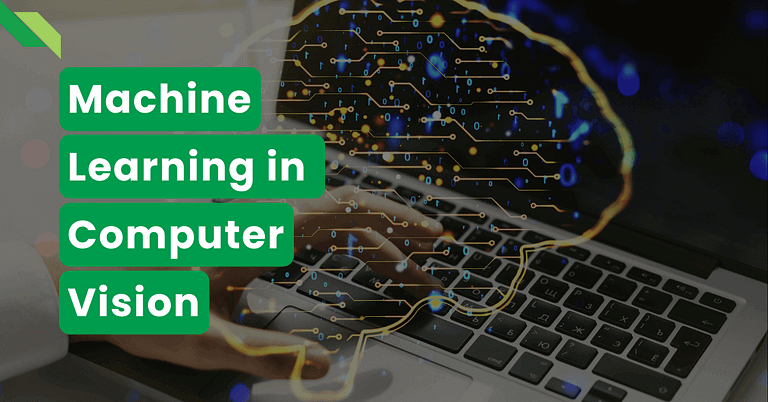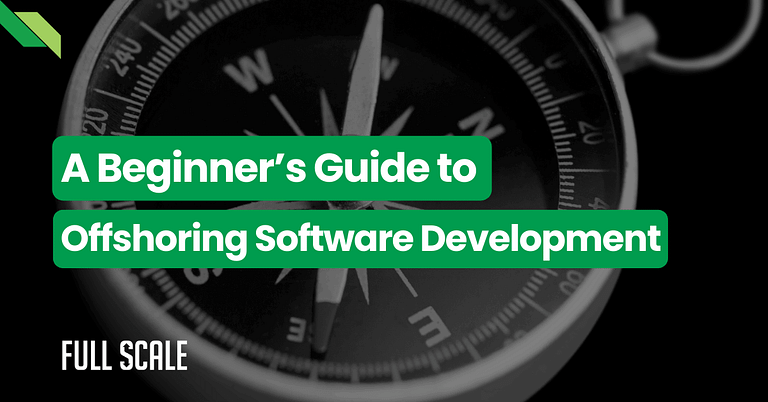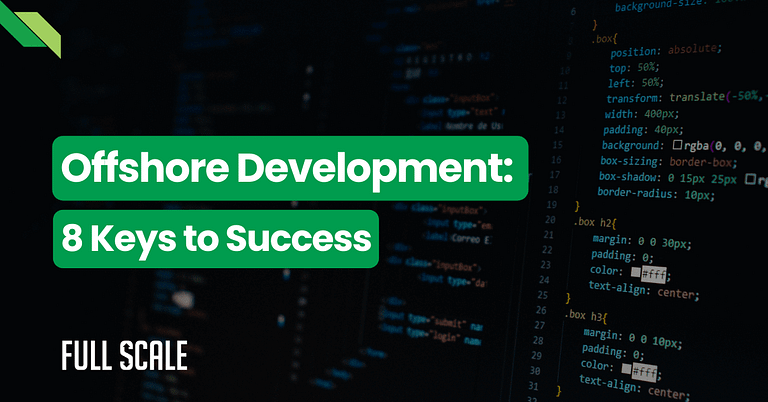Machine learning in Computer Vision is a coupled breakthrough that continues to fuel the curiosity of startup founders, computer scientists, and engineers for decades. It targets different application domains to solve critical real-life problems basing its algorithm from the human biological vision.
These real-life problems keep us at bay as it aims to provide solutions using computer vision. However, computer vision alone is already a complex field. For example, the certainty of algorithms to use is already a huge challenge and so is finding the right computer vision resources.
To answer all these challenges, first, let’s have an introduction to computer vision. Then, let’s understand the relationship between computer vision and machine learning.
What is Computer Vision?
Computer vision is the process of understanding digital images and videos using computers. It seeks to automate tasks that human vision can achieve. This involves methods of acquiring, processing, analyzing, and understanding digital images, and extraction of data from the real world to produce information. It also has sub-domains such as object recognition, video tracking, and motion estimation, thus having applications in medicine, navigation, and object modeling.
To put it simply, computer vision works with a device using a camera to take pictures or videos, then perform analysis. The goal of computer vision is to understand the content of digital images and videos. Furthermore, extract something useful and meaningful from these images and videos to solve varied problems. Such examples are systems that can check if there is any food inside the refrigerator, checking the health status of ornamental plants, and complex processes such as disaster retrieval operation.
Related Video: Building Learning Machines
What is Machine Learning?
Machine learning is the study of algorithms and statistical models, which is a subset of artificial intelligence. Systems use it to perform a task without explicit instructions and instead rely on patterns and inference. Thus, it applies to computer vision, software engineering, and pattern recognition.
Machine learning is done by computers with minimal assistance from software programmers. It uses data to make decisions and allows it to be used in interesting ways in a wide variety of industries. It can be classified as supervised learning, semi-supervised learning, and unsupervised learning.
Let’s focus on supervised learning.
Supervised Learning
Supervised learning is a machine learning task that maps each input object to the desired output value. The computer is trained to associate an object with the desired output. It has a wide range of algorithms for different supervised learning problems.
Applications in computer vision with machine learning grow exponentially over the years, wherein the society is the sole beneficiary. This endeavor is made possible by our so-called heroes in the technology sector — the developers and entrepreneurs working together enamored with the features of these technologies.
The combination of these two technologies needs in-depth discussion.
The Relationship between Machine Learning and Computer Vision
Technology never ceases to mimic the human brain, thus AI gains a lot of interest for decades. To show the roadmap of these breakthroughs, let’s discuss the relationship between AI, machine learning, and computer vision. AI is the umbrella of these fields, machine learning is a subset of AI, wherein computer vision is also the subset of machine learning. However, computer vision can be considered as a direct subset of AI.
Machine learning and computer vision are two fields that have become closely related to one another. Machine learning has improved computer vision about recognition and tracking. It offers effective methods for acquisition, image processing, and object focus which are used in computer vision. In turn, computer vision has broadened the scope of machine learning. It involves a digital image or video, a sensing device, an interpreting device, and the interpretation stage. Machine learning is used in computer vision in the interpreting device and interpretation stage.
Relatively, machine learning is the broader field, and this is evident in the algorithms that can be applied to other fields. An example is the analysis of a digital recording, which is done with the use of machine learning principles. Computer vision, on the other hand, primarily deals with digital images and videos. Also, it has relationships in the fields of information engineering, physics, neurobiology, and signal processing.
The obstacle faced by developers and entrepreneurs is the huge gap between computer vision and biological vision. The fields most closely related to computer vision are image processing and image analysis. However, it deserves another interesting article to cite its relationship and differences. Also, the lack of knowledge about the main goal of machine learning in a particular project is a huge disruption among entrepreneurs.
Tasks involving Computer Vision
At Full Scale, our team is obsessed with the success of our clients. We will help you find computer vision engineers to help your business with typical tasks such as recognition and motion analysis. Our pool of expert engineers in machine learning is capable of using a variety of methods for acquiring, processing, and analyzing digital images to produce correct information. Here are some tasks involving computer vision:
Recognition in Computer Vision
Recognition in computer vision involves object recognition, identification, and detection. Some specialized tasks of recognition are optical character recognition, image retrieval, and facial recognition.
Object recognition – it involves finding and identifying objects in a digital image or video. It is most commonly applied in face detection and recognition. Object recognition can be approached through the use of either machine learning or deep learning.
Machine learning approach – object recognition using machine learning requires the features to be defined first before being classified. A common approach that uses machine learning is the scale-invariant feature transform (SIFT). SIFT uses key points of objects and stores them in a database. When categorizing an image, SIFT checks the key points of the image, which matches those found in the database.
Deep learning approach – object recognition using deep learning does not need specifically defined features. The common approaches that use deep learning are based on convolutional neural networks. A convolutional neural network is a type of deep neural network which is an artificial neural network with multiple layers between the input and output. An artificial neural network is a computing system inspired by the biological neural network in the brain. The best example of this is the ImageNet. It is a visual database designed for object recognition in which the performance is said to be almost similar to that of humans.
Motion Analysis
Motion Analysis in computer vision involves a digital video that is processed to produce information. Simple processing can detect the motion of an object. More complex processing tracks an object over time and can determine the direction of the motion. It has applications in motion capture, sports, and gait analysis.
Motion capture – involves recording the movement of objects. Markers are worn near joints to identify motion. It has applications in animation, sports, computer vision, and gait analysis. Typically, only the movements of the actors are recorded and the visual appearance is not included.
Gait analysis – is the study of locomotion and the activity of muscles using instruments. It involves quantifying and interpreting the gait pattern. Several cameras linked to a computer are required. The subject wears markers at various reference points of the body. As the subject moves, the computer calculates the trajectory of each marker in three dimensions. It can be applied to sports biomechanics.
Applications of Computer Vision using Machine Learning
The journey with our clients starts with a consultation, finding help, and building solutions to real-life problems using computer vision. Here are some of the applications that we can work on as our experts assess the exciting and dangerous aspects of machine learning.
Video tracking – is a process of locating a moving object over time. Object recognition is used to aid in video tracking. Video tracking can be used in sports. Sports involve a lot of movement, and these technologies are ideal for tracking the movement of players.
Autonomous vehicles – computer vision is used in autonomous vehicles such as a self-driving car. Cameras are placed on top of the car providing 360 degrees field of vision up to 250 meters of range. The cameras aid in lane finding, road curvature estimation, obstacle detection, traffic sign detection, and many more. Computer vision has to implement object detection and classification.
Sports – computer vision is used in sports to improve the broadcast experience, athlete training, analysis and interpretation, and decision making. Sports biomechanics is a quantitative study and analysis of athletes and sports. For broadcast improvement, virtual markers can be drawn across the field or court. As for athlete training, creating a skeleton model of an acrobat and estimating the center of mass allows for improvement in form and posture. Finally, for sports analysis and interpretation, players are tracked in live games allowing for real-time information.
Computer vision is used to acquire the data to achieve basketball analytics. These analytics are retrieved using video tracking and object recognition by tracking the movement of the players. Motion analysis methods are also used to assist in motion tracking. Deep learning using convolutional neural networks is used to analyze the data.
Let’s take for example the Second Spectrum — the official tracking partner of the NBA — as we relate to our software development process. Second Spectrum uses big data, machine learning, and computer vision to provide analytics and to build machines that understand the sports. It uses optical tracking data and found out that three-pointers and close shots are more effective than mid-range shots. Also, it was found out that the potential rebounds are clustered close to the basket. This is similar to the guided development process of the Full Scale. Our pool of computer vision experts perform investigations and recommend widely-used algorithms to build solutions and in return, help your business gain revenue.
Conclusion
Despite the clamor of AI, machine learning, and computer vision, it was clear to us, albeit accurate, that the computer vision is still behind the human biological vision. This is the reality faced by both entrepreneurs and developers. Aside from the fact that engaging in this kind of venture introduced tantamount of expenses, the limitations of general learning algorithms, and resource scarcity.
However, at Full Scale, we believe in technology and innovation and how these things help us grow into the future. Our dedicated pool of experts in Machine Learning and Computer Vision offers continual support to achieve the systems and technologies you need to SCALE UP your business.
Contact us now, and we will demonstrate our willingness to commit appallingly our dedicated services, and let’s realize your vision!




